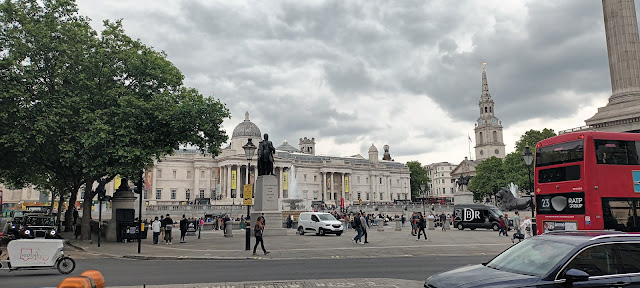Another year is winding down, and we are in the final stretch of 2024. In just a couple of weeks, this year will be over.
December always feels like the world hits the pause button. The usual hustle and bustle slows to a relaxed rhythm. Offices are quiet, with many employees away on vacation. People are travelling to spend time with family and friends, and life takes on a cosier vibe.
This is also the season of celebrations. Christmas and New Year’s Eve dominate the month. Everywhere you look, from stores to streets (especially in Bengaluru’s Central Business District), there’s a festive sparkle. Soon, carols will fill the air, holiday lights will glow, and Secret Santa gifts will be exchanged.
December is more than just festivities, though. It’s a time for reflection — to look back at the year gone by and think about what lies ahead. It’s a chance to be grateful, forgive, and set goals. It’s also the perfect time to unwind, recharge, and gear up for the new year.
WORK AS USUAL
That said, December doesn’t feel all that different for me. Work continues as usual, maybe even busier than other months because of reduced staff. Not everyone can take leave at the same time, after all.
Sometimes, though, December brings major news events that make it busier.
December 31, 1999, for instance. Remember the Y2K bug? Everyone was worried that computers worldwide would crash because they weren’t programmed to handle the switch from 1999 to 2000. Software engineers worked around the clock to prevent chaos. Thankfully, the world entered the new millennium without disaster.
December 24, 1999, was another when Indian Airlines flight IC 814 was hijacked. The plane landed in Kandahar, Afghanistan, on Christmas Day, and the crisis dragged on until New Year’s Eve. The Indian government had to negotiate with the hijackers and release prisoners to secure the hostages’ freedom. It was a tense, heartbreaking time — one passenger lost her life, and many were injured. Those days were really anxiety-ridden days for everyone following the news.
Another unforgettable moment was December 26, 2004, when a massive tsunami struck the coasts of South Asia following an earthquake near Sumatra. It was devastating, claiming around 228,000 lives across 15 countries. For journalists, it was an all-hands-on-deck situation, with many being called back from holidays to cover the tragedy.
A BIT DIFFERENT THIS TIME
For the first time in a while, I have something big to look forward to in the New Year. In April 2025, I’ll be retiring after 36 and a half years of work. It’s a milestone that feels both exciting and bittersweet. I’ll still keep writing and editing — it’s my passion, after all — but I won’t be clocking in as part of a formal job anymore.
As I look ahead, I feel a mix of nostalgia and anticipation. The journey so far has been rewarding, with its share of challenges and triumphs.
Retirement will undoubtedly mark a new chapter, one where I can live life at a slower pace, explore new interests, and devote more time to the things I’ve always loved to do but never got the time.
Writing, connecting with this wonderful blogging community, and exploring others’ stories will be at the heart of it all.
Here’s to savouring the present, cherishing the past, and stepping into the future with hope and excitement. Let’s make the most of what lies ahead, one day at a time!











































